-
17 Jun 2024
Autonomous Vessels: Already Working, but Still Under Close Review
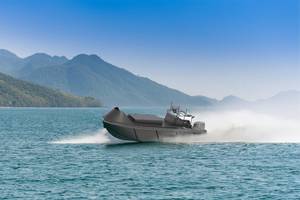
Advances in autonomous vessels – from R&D to regulatory policies to actual work – are moving rapidly. AVs include a range of vessel types and missions, from freight to law enforcement to research to defense. There are many acronyms. Some examples –AV stands for autonomous vessel.AUV is autonomous underwater vessel.MASS stands for “maritime autonomous surface ship.”NOMARS is a U.S. Department of Defense…
-
30 May 2024
Maritime Employers: Working to Find Workers
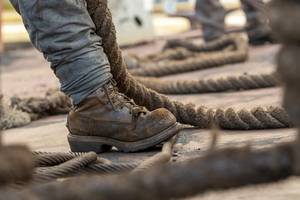
“Each Career Connect Washington program is codeveloped with businesses and educators, so each program we build or expand meets the needs of industry and students.” -Andrew Clemons, Grant Administrator, State of Washington.In March, the U.S. Joint Office of Energy and Transportation announced a new workforce development webpage – for electric vehicle job opportunities.A centralized focus, especially from the top…
-
22 Apr 2024
Navigation and Wind Farms: Competing Ocean Uses Raise Existential Questions
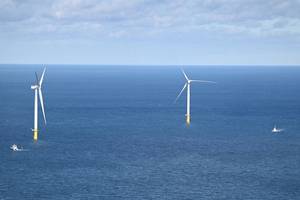
“Wind Turbines: The Bigger, the Better” -USDOE Office of Energy Efficiency & Renewable Energy, August 24, 2023Last December the Bureau of Ocean Energy Management (BOEM) published a proposed sale notice regarding new development areas for utility scale wind projects in the central Atlantic Ocean. The notice includes an upfront issue: the need to mitigate conflicts with U.S. Department of Defense (DOD) activities.
-
25 Mar 2024
US Dredging: Plenty of Issues, New WRDA on the Way
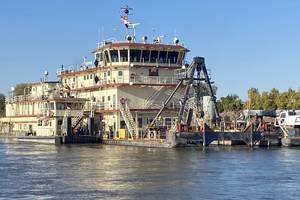
2024 marks another year for development of a biennial WRDA bill—Water Resources Development Act, critical legislation for the Nation’s waterways, ports and harbors. WRDA encompasses a range of issues, from environmental regs to energy use to agriculture and, of course, a focus on projects critical for economic growth.Because these are dynamic and timely issues, Congress and the maritime sector like to keep WRDA on a two-year reauthorization timeline.
-
21 Mar 2024
Inland Waterways Focus: The Pacific Northwest Columbia-Snake River System
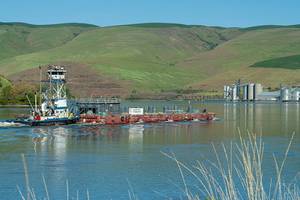
"The Columbia River and its tributaries, wetlands, and estuaries are the lifeblood of the Pacific Northwest, providing abundant water, power, recreation, agriculture, transportation and natural resources that have supported livelihoods, cultural and spiritual practices, commerce and economic growth.” - President Biden, Memorandum of September 27, 2023.Those abundant benefits directly impact about 13 million people in the Pacific Northwest.
-
26 Feb 2024
Many Different Vessels but One Goal – Passenger Safety
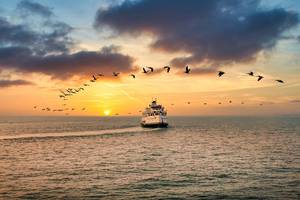
Because there are so many different kinds of passenger vessels, the critical topic of passenger safety can sometimes appear as a set of niche topics, each one just distantly connected to another. After all, passengers aboard a cruise ship in the Caribbean face safety issues that are much different than a commuter going from Jersey City to Manhattan or a tourist crossing from the Mukilteo, Wash. ferry terminal to Whidbey Island or a family on a fishing vessel in Miami.Importantly…
-
12 Feb 2024
Future Ships: Picture Perfect

Big data, advanced computers and AI are allowing vessel designers to prepare models that leave essentially nothing to chance.“Lastly, it may be of considerable importance to form from the draught a block model of the vessel from which a still more accurate judgment may be formed of the fitness and beauty of the body. And should any defect be discovered, farther alterations must still be made, till the draught and the model are perfectly approved of.
-
02 Jan 2024
NOMARS Puts New Officers in Charge
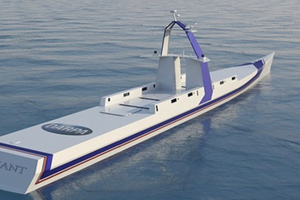
DARPA’s NOMARS program aims to revolutionize naval operations by designing a ship that can operate autonomously for extended periods at sea without an onboard crew.One project at the forefront of maritime innovation is the development of a vessel called “Defiant,” a project of the Defense Advanced Research Projects Agency (DARPA). The Defiant is referred to as a NOMARS vessel – “No Manning Required Ship.”The project’s been underway at least since January 2020…
-
26 Dec 2023
Maritime Innovation: Fostering Creativity and Working to Make Bright Ideas Work
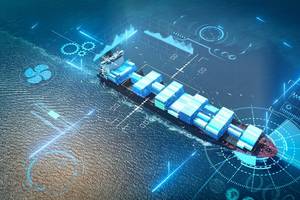
This is the dawning of the age of AI and Big Data, huge agglomerations of new and transformative energy; almost self-generating, always strengthening and pulling at the reins, seeking to break free and run, a prospect both exciting and terrifying. That image can imply a human is holding the reins. How quaint: these days, AI itself may be holding the reins.In a review of innovation in 2023 – across any industrial or economic sector…
-
09 Nov 2023
US Shipbuilding: Policy and Progress
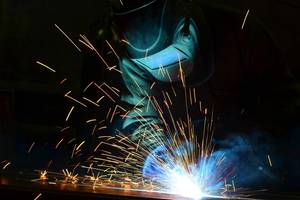
When asked about the top issues facing shipbuilders, executives at the Shipbuilders Council of America (SCA) listed a number of topics and concerns. SCA is the only national trade association representing U.S. shipyards engaged in the building and repairing of military and other government and commercial vessels, and companies providing goods and services to the shipbuilding industry.Shutdowns have consequencesMatthew Paxton and Paula Zorensky are, respectively, SCA President and Vice President.
-
05 Oct 2023
Making Hydrogen Work: Demo Project in San Francisco Port
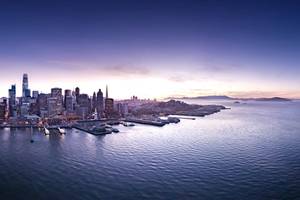
Hornblower Energy LLC, in partnership with the Port of San Franciso, the U.S. Department of Energy and six corporate partners, including Air Liquide and Glosten, is leading a project to demonstrate the feasibility and viability of using hydrogen (H2) as a maritime fuel.The project is located at Pier 68 in San Francisco. DOE selected the project for funding in 2020. It’s supposed to be completed in 2025 but there are important decision dates before then.
-
26 Sep 2023
The Real Cost of Net Zero Ports
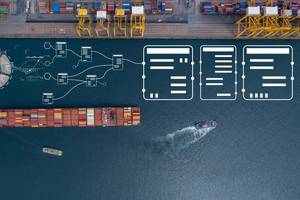
Zero emission is a nice idea, but who’s going to pay for it? The U.S. EPA is readying big money for zero emission ports.The U.S. Environmental Protection Agency (EPA) is working on two high-profile port initiatives that it hopes will move the needle in a big way towards U.S. ports’ zero emissions (ZE) operations and clean air goals.The first initiative started last May when EPA published a request…
-
19 Jun 2023
Dredging: Keeping the Mississippi Open
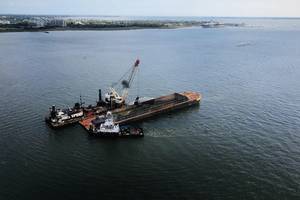
“Not only does the top of the river move, but the bottom of the river also moves.” - James Bodron, U.S. Army Corps of Engineers, Mississippi Valley Division, Regional Business Director.Dredging was the Herculean act that allowed much of the U.S. economy to keep chugging along as usual, at least for Midwest and Central states, as drought conditions threatened to shut down river traffic on the Mississippi River and its tributaries…
-
31 May 2023
Career Moves: US Offshore Wind Powering Up
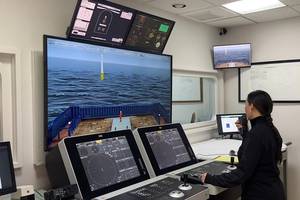
In addition to wind, offshore wind demands human energy, individuals with knowledge and skills first to build and then operate and maintain the dozens of projects required to meet President Biden’s 2030 goal of 30 GW of offshore generation. In an October 2022 National Renewable Energy Laboratory report – “U.S. Offshore Wind Workforce Assessment” – the authors estimate that it will require, on average…
-
25 May 2023
US Coast Guard Ready to Move New Anti-SASH Policy

In May, the U.S. Coast Guard will start a strengthened and pointedly direct anti-SASH campaign that will extend across the maritime industry. SASH is an acronym for sexual assault/sexual harassment, and this new effort adds muscle to Marine Safety Information Bulletin (MSIB Number: 1-23) "Reporting Sexual Misconduct on U.S. Vessels" released in February. The new bulletin supersedes a previous one from…
-
13 Apr 2023
Floating Offshore Wind: New Seascape, New Challenges
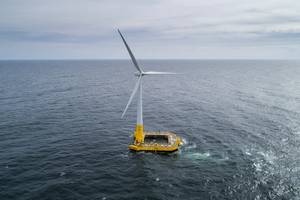
Offshore wind energy planners are giving close review to fixed-tower systems in order to extend lessons learned to floating wind towers, under development now. In the U.S., floating towers have been most closely associated with plans for new wind energy areas (WEA) in the Pacific, off of California and maybe Oregon and Washington. But important research is also taking place in Maine, at the University of Maine…
-
23 Mar 2023
Lower Snake River Issues Cause Concern for Barge Transportation Industry
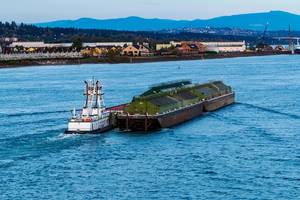
The inland waterways report in September 2022 edition of Marine News focused on issues facing the Lower Snake River Dams (LSRD) in the northwest, in U.S. Army Corps of Engineers’ (USACE) Walla Walla District.That report referenced issues and concerns confronting regional towboat and barge operators about possible changes to the Columbia Snake River System – perhaps even breaching the four Lower Snake River dams, a move with irreversible consequences.In August, a report by U.S. Sen.
-
20 Mar 2023
Getting the Work Right: Coordinating Money, Time and Big Projects
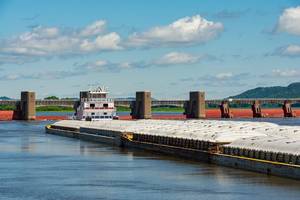
I. MoneyNo one ever said it’s easy to understand federal budgets and spending plans. Nevertheless, a general sense of clarity and straightforwardness is critical for any review of public expenditures. This becomes more pressing when tracking revenue and expenditures linked to specific users’ fees, such as the $0.29/gallon fuel tax, paid by inland waterways operators. In 2021, the Inland Waterways Trust Fund (IWTF) held $221.5 million…
-
24 Feb 2023
Take a Hyke: Swarm Tech for Ferries
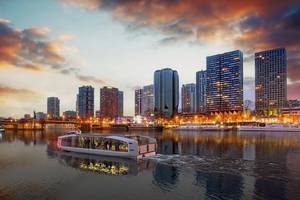
Apps, big data, tech, software and cutting-edge innovation were hallmarks at last year’s Sea Tech conference in Brest, France. During one session, for example, on electronic charting, the speakers made reference to “data as fuel.” For vessel operations, data was called a resource just like diesel or LNG or lithium batteries. The reference was usually to big data, i.e., almost boundless information flowing like a gusher from a firehose…
-
24 Feb 2023
Pushing the Envelope: A H2 Project Highlights French Teamwork on Alt-Energy

At the Sea Tech Week Maritime Transport conference this past September, held in Brest, France, there was no shortage of big-picture, creative ideas pertaining to maritime shipping and alternative energy.One such project, called Seaguel, was presented as part of a larger discussion on hydrogen (H2) as maritime fuel. The full session was titled “Distributing Hydrogen from Offshore Wind Farms as a Fuel for Ships.” The topic was developed by France Energies Marines (FEM)…
Sponsored Content
Lower carbon fuels to support your operations
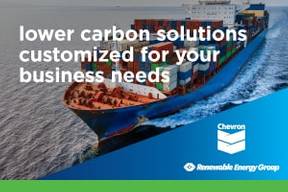
July 2024
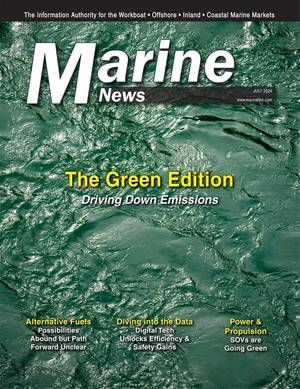 Read the Magazine
Read the Magazine

 Read the Magazine
Read the Magazine
This issue sponsored by:

Exploring Green Power & Propulsion in the SOV Sector
July 2024
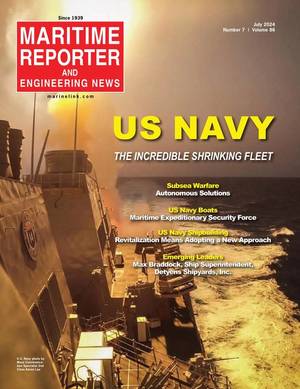

The July 2024 eMag edition of Maritime Reporter again focuses on the fleet and future of the U.S. Navy, from crewed surface fleet to submarines to uncrewed autonomous systems.
Read the Magazine
Unmanned Underwater Systems = Force Multiplier
The Navy’s Maritime Expeditionary Security Force
Subscribe for
Maritime Reporter E-News
Maritime Reporter E-News is the maritime industry's largest circulation and most authoritative ENews Service, delivered to your Email five times per week


